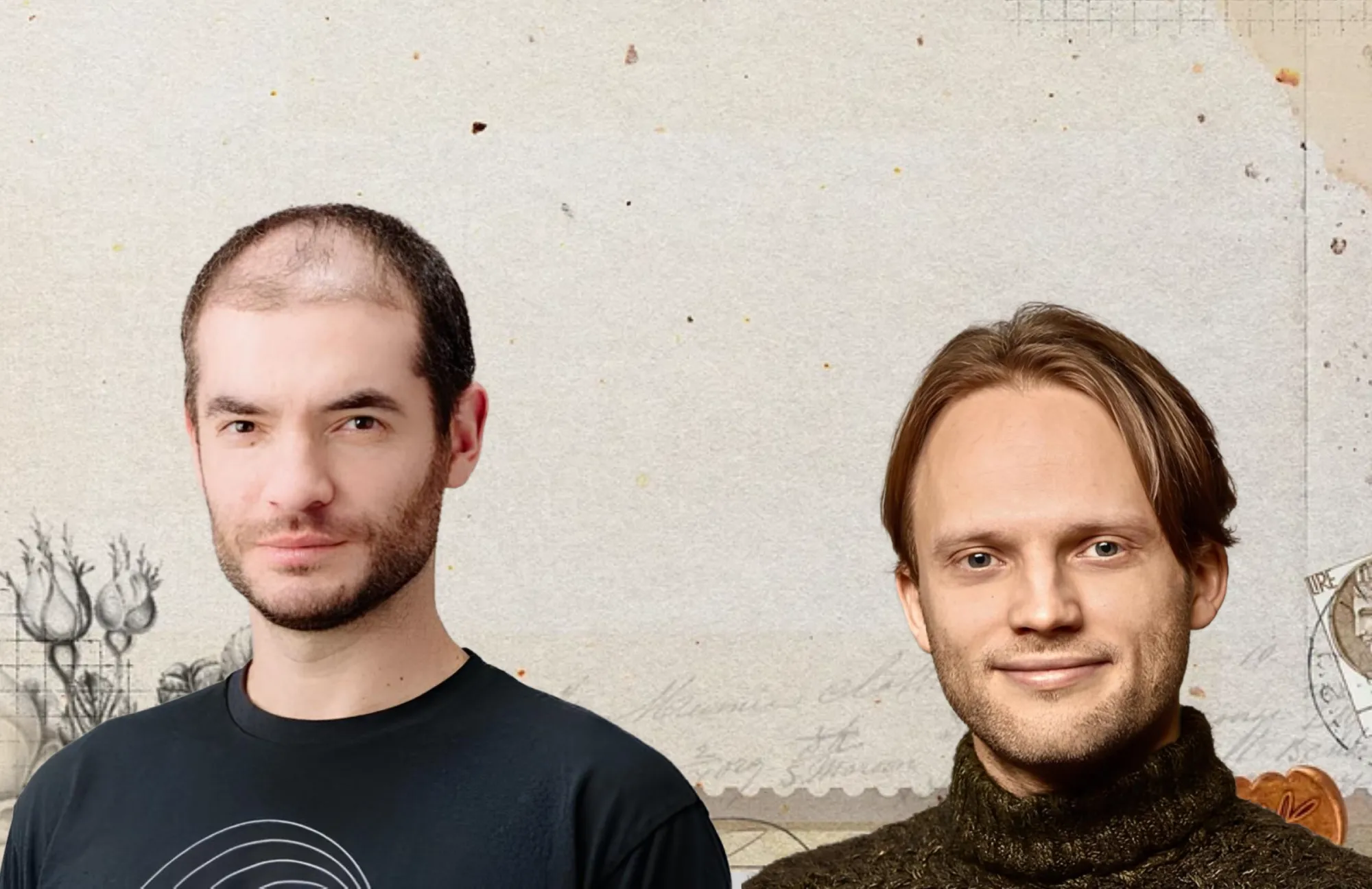In a move that was long anticipated by many. OpenAI’s Chief Scientist, Ilya Sutskever, has announced his resignation, marking another chapter in the ongoing turmoil at the AI powerhouse. Joining him is Jan Leike, a leading researcher in super alignment at OpenAI, who has also decided to step down.
This follows a string of high-profile departures, from OpenAI. In Feb this year, Andrej Karpathy, a widely respected research scientist, announced that he has left OpenAI.
Sutskever’s resignation, like others before him, cites a desire to pursue “personally meaningful” projects. This phrasing, however, hangs heavy in the context of OpenAI’s recent turmoil.
Are we going to see The great OpenAI drama version 2.0? We can’t ignore the elephant in the room: the November 2023 drama that happened over at OpenAI.
The backdrop of events
In November 2023, OpenAI’s board made the controversial decision to oust CEO Sam Altman. This move was purportedly driven by concerns over Altman’s aggressive push towards commercialization and a perceived neglect of AI alignment and safety issues. Chief Scientist Ilya Sutskever was one of the key figures behind this decision, alongside other board members.
However, the board’s decision backfired spectacularly. The OpenAI community erupted in protest, with many employees resigning in solidarity with Altman. The crisis reached a boiling point, forcing the board to backtrack and reinstate Altman, leading to a significant shake-up within the organization.
Read also
127 Hours : The complete OpenAI Saga: The exit of misaligned ones from OpenAI continues, Chief Scientist Ilya Sutskever and researcher Jan Leike Resign.The Latest Exodus
Fast-forward to the present, and the cycle of resignations continues. Sutskever’s departure, just days after the launch of OpenAI’s latest model, GPT-4o (Omni), has raised eyebrows.
The new model, a multimodal platform capable of processing text, images, and audio with impressive efficiency, boasts features such as real-time language translation, OCR capabilities, and a 128K context window. It also offers a 50 percent reduction in operational costs, making it a significant milestone for the company.
In his farewell statement, Sutskever expressed his intention to work on a “personally meaningful” project, hinting at unresolved tensions within the organization. His departure comes on the heels of Andrej Karpathy’s resignation, who left citing the desire to pursue new and personal endeavors.
Jan Leike’s resignation adds to the intrigue. As a leading figure in AI alignment research, Leike’s exit underscores the growing discontent among those within OpenAI who feel that the company’s direction is straying too far from its foundational principles.
The Underlying Tensions : Is OpenAI hemorrhaging talent, or simply shedding dissenters?
The resignations of Sutskever and Leike highlight a fundamental schism within OpenAI. The debate over the balance between advancing AI capabilities and ensuring these advancements are ethically and safely aligned has been a recurring theme. Sutskever’s involvement in last year’s coup against Altman was a manifestation of these tensions. His regret over that episode and his eventual decision to leave suggest that the reconciliation efforts within the company have been far from successful.
Altman’s vision for OpenAI, which leans heavily towards rapid innovation and commercialization, has clashed with those who prioritize the ethical implications and long-term safety of AI technologies. This ideological rift has led to the departure of several prominent figures, each citing personal reasons but collectively painting a picture of a company in flux.
Moving Forward
As OpenAI continues to push the boundaries of what is possible with artificial intelligence, it must also navigate the internal conflicts that threaten its cohesion. The loss of key researchers like Sutskever and Leike is a significant blow, not just for their expertise but for the morale and unity of the organization.
The tech community will be watching closely to see how OpenAI addresses these challenges. Will Altman be able to steer the company towards his ambitious goals without further alienating those who helped build it? Or will the exodus of talent continue, driven by a clash of visions that seems increasingly irreconcilable?
In the meantime, the broader AI field will undoubtedly feel the impact of these departures. As Sutskever and Leike embark on their new ventures, their contributions to AI research will likely continue to shape the landscape, albeit outside the purview of OpenAI.
Your Thoughts
Do you believe the ongoing tension between Sam Altman and Ilya Sutskever played a critical role in the latter’s departure from OpenAI? How do you think these resignations will affect the future of AI research and development? Share your thoughts in the comments below.

Leave a Reply
You must be logged in to post a comment.